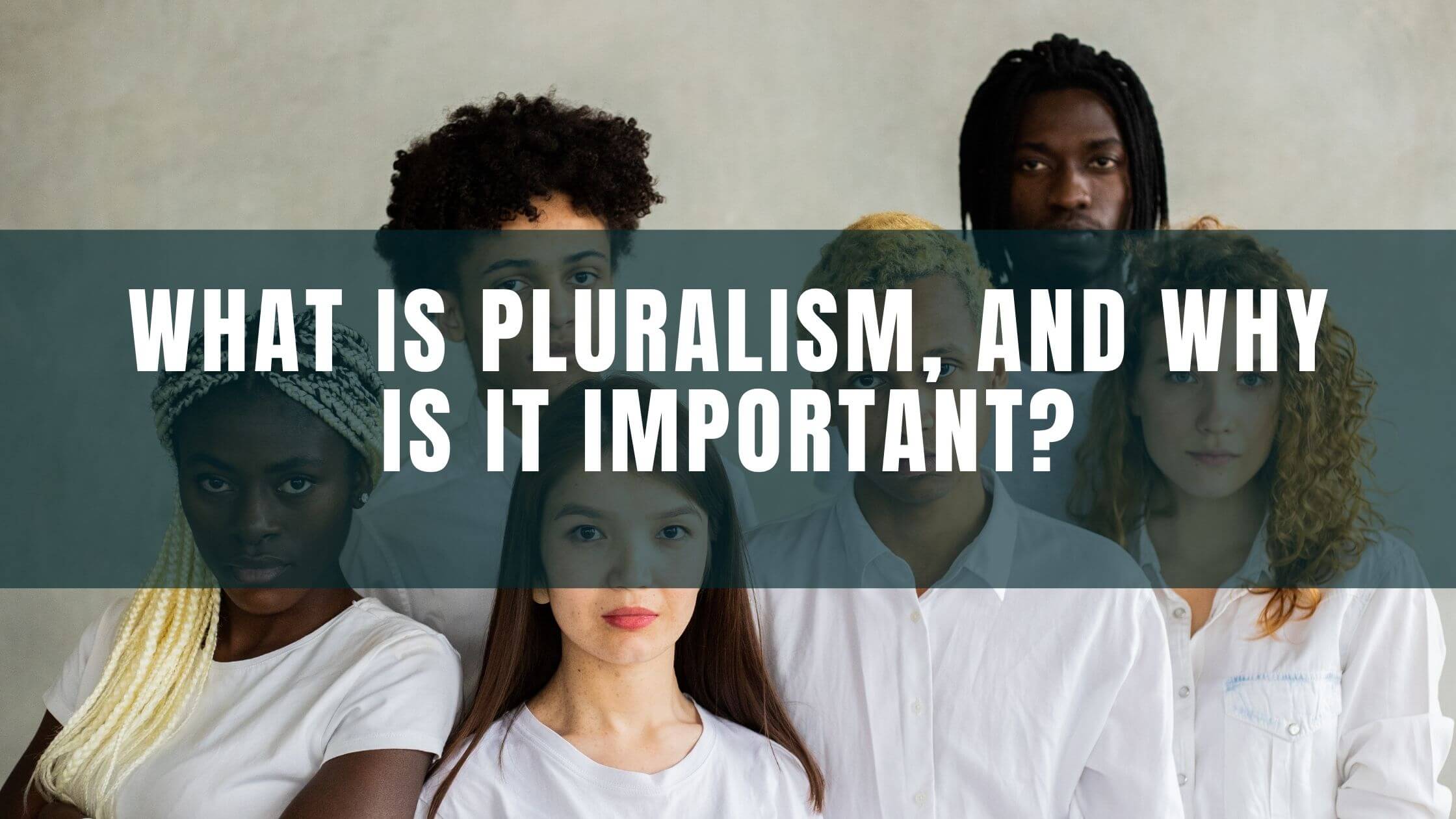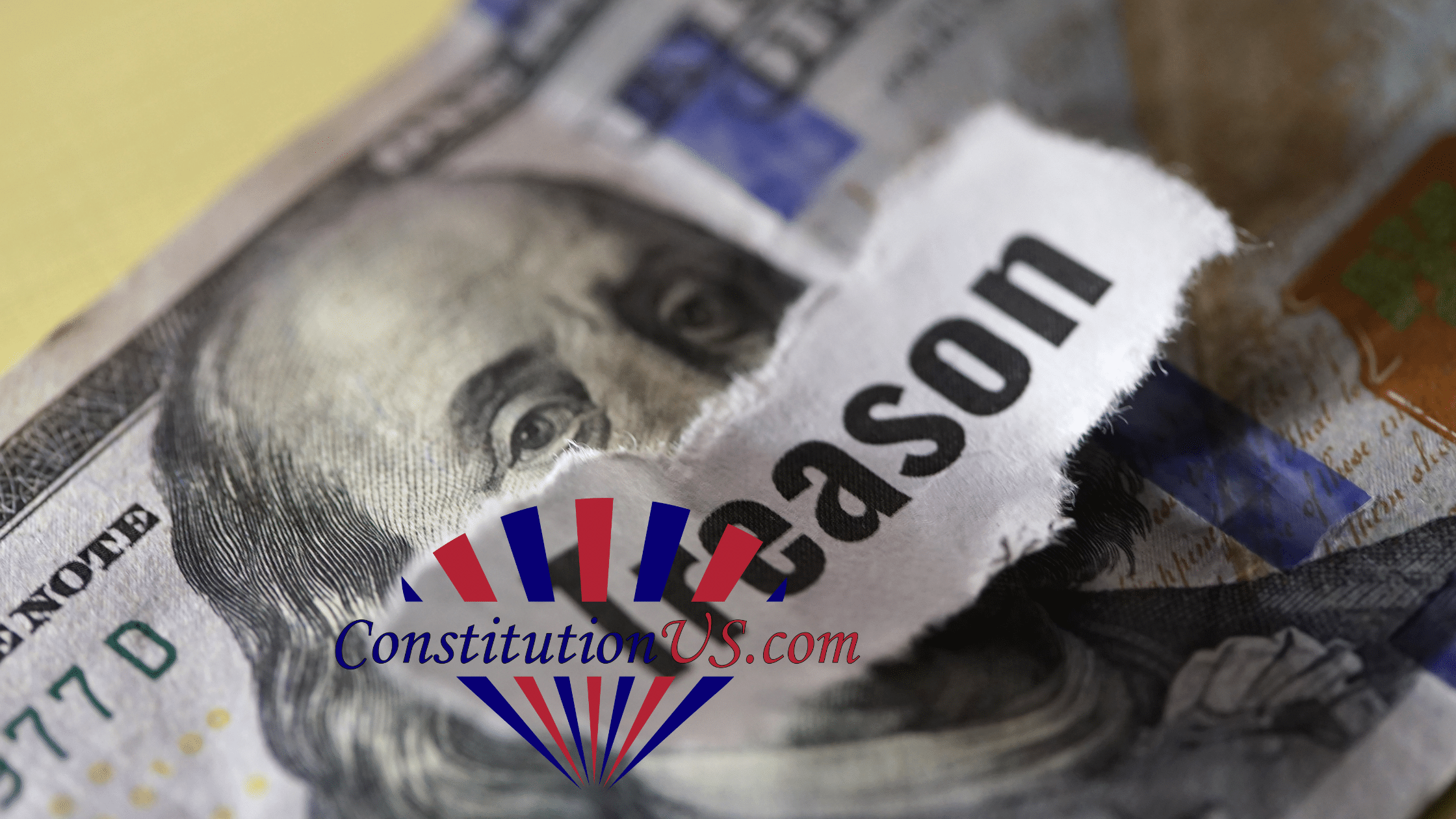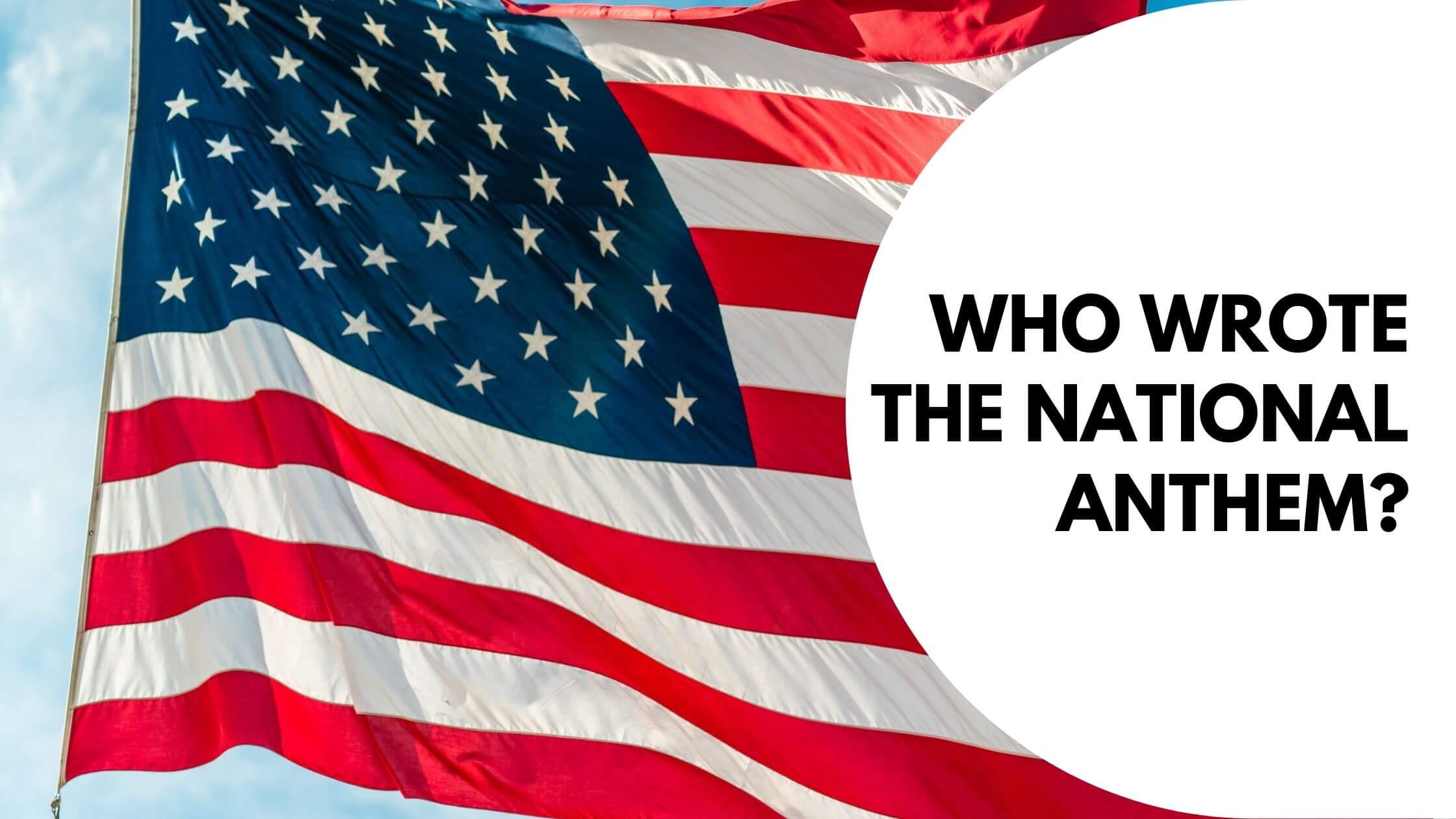Table of Contents
ToggleRepublican Form of Government
A republic is a form of government where the head of state is not a monarch or a dictator but a representative of the people, who is usually elected. The people have the power to control the country’s decisions instead of the elite doing so arbitrarily. Usually, a constitutional republic is headed by a president, but not all are, and historical republics are not the same as modern ones.
Some republics are less democratic than others. A republic might choose its leaders by votes, or there might be a mix of democratically and non-democratically chosen rulers. Sometimes, military officers, very wealthy people, and others who are not elected have some power in republics.
Not every democratic country is a republic. For example, British monarchs do not use their powers and accept the decisions of the elected representatives. However, Britain is not counted as a republic since the monarch is still the head of state and has powers they choose not to use.
Republics, Monarchies, and Dictatorships
In a monarchy, a royal family rules over a country, with their descendants inheriting power. With a republic, there is no royal family. The people are thought to govern themselves, whether or not they have a modern democracy where everyone can vote.
Over time, autocratic monarchies were replaced by republics and limited monarchies that were democratic even though they were not republics. In some cases, such as France or the United States, the people overthrew the monarchy by force.
Most European Monarchs Do Not Use Their Powers
In other cases, like Britain, the monarchy continued to exist and theoretically even retain power, but to act as symbolic heads of state that don’t interfere with the elected leader’s decisions. Even today, the British monarch can still veto laws, but they do not do this out of respect for democracy. If the British monarch were to start using their powers again today, people would turn against them and they would lose their right to veto laws.
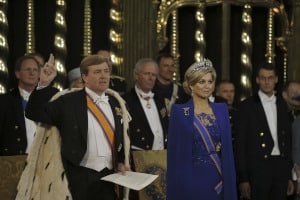
Countries do not always become more democratic over time. Sometimes, a republic can fail and become a dictatorship. Someone with military power can use force to end democracy.
Despite democracies becoming dictatorships on occasion, the world is becoming more democratic over time. A much more significant fraction of the world’s states today are democracies than was the case forty years ago.
Are Republics Different from Democracies?
While republics are often democracies, there are theoretically some differences between the two. Either referring to the United States as a “republic” or a “democracy” is accurate.
Arguably, the United States is a republic rather than a democracy because the people elect representatives rather than vote on each issue separately. The representatives vote on laws, but the people do not. The people can only vote for representatives that they expect to vote for laws they want.
America is a Representative Democracy
However, just because Americans do not vote on all laws and decisions does not mean that America is not a democracy. It is not realistic to have everyone vote on every law.

Unlike in Athens, there are too many laws for everyone to understand and vote on. It would be impossible to have a non-representative democracy today, or at least a bad idea. The United States is both a republic (lacking a monarch) and a representative democracy like other democratic countries.
Democracies are defined as democracies because of elections, while republics are sometimes defined as republics because of the lack of monarchs.
The US is a Democracy in the Same Way as Other Democracies
There is no good way to argue that the United States is a republic rather than a democracy but that France or Germany are democracies. Some say that the founding fathers didn’t want the country to be a democracy because that meant mob rule. What sort of democracy were the American revolutionaries against?
James Madison referred to the difference between a democracy and a republic in one of the Federalist Papers. He said that a democracy is a government where people meet and make decisions in person, and a republic is one where only elected representatives meet. He said that a democracy can only work in a small area and that a large area requires a republic.
What Madison was against is “pure” democracy, not democracy as we understand it today. He was against a system of government where voters represent themselves instead of choosing representatives. Based on what a “democratic government” means in the 2020s, the United States is democratic.

Get Smarter on US News, History, and the Constitution
Join the thousands of fellow patriots who rely on our 5-minute newsletter to stay informed on the key events and trends that shaped our nation's past and continue to shape its present.
Republics Before the United States
There were no states in the ancient world that were similar to modern states. However, people in many times and places tried to rule themselves and not have an autocratic monarch.
In some ways, there is a continuous republican tradition that stretches from the ancient world to the American Revolution to today. In other ways, modern states are nothing like any ancient states.
People debate the extent to which some ancient world states were republics in the same way that most modern states are. However, people in ancient republics thought of themselves as free and ruling themselves. The idea that the people should rule a state is something that republics from different centuries have in common.
Greek and Roman Republics
The Ancient Greek city-state of Athens is often used as an example of an ancient society with a democratic government. In Athens, there was a direct democracy. All voters could vote for or against a decision.
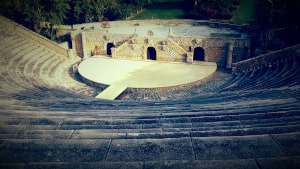
This was very different from a modern representative democracy, where voters elect representatives who then vote for decisions. Because of this, Athens was more democratic than a modern republic in one way. Some of the other Ancient Greek city-states also had elected representatives.
Not Everyone Could Vote in Athens
However, only free men who owned a certain amount of property could vote in Athens. Modern republics are usually much more inclusive than Athens and allow both sexes and people with less wealth to vote.
Rome was also a republic ruled by elected representatives for much of its history. Rome never had a direct democracy – instead, people elected representatives, like in modern states.
Upper-class voters had far more power than lower-class voters. The structure of the Roman government was in some ways like that of the modern United States.
The End of the Roman Republic
Eventually, the Roman Republic ended and was replaced by the much more autocratic Roman Empire. However, the Roman Emperors still did not call themselves kings, and they maintained some of the old democratic institutions even though Rome had become a monarchy.
Today, some states use words like “Democratic” or “Republic” even though they do not have real elections. For example, North Korea is called the “Democratic People’s Republic of Korea.” Some autocrats claim that their states are democratic to make them seem more legitimate to their people and other countries.
Republics Elsewhere in the Ancient World
There may also have been ancient republics in India. As far back as the 6th century BC, there were states ruled by assemblies and not monarchs. However, not much information about these states survives, so we do not know how similar they were to modern or Ancient Greek republics.
A Greek historian from two centuries after Alexander the Great’s time mentions democracies or republics in India, but not a lot is known about these governments.
Medieval Iceland
In the tenth century AD, people fled the king of newly unified Norway and set up a new government in Iceland. This new government had an “Althing” or parliament where decisions were made, and laws were decided.
This was similar to a democratic republic in many ways. One major difference between medieval Iceland and a modern democratic state is that there was no official leader.
Late Medieval Mercantile Republics
Small but wealthy European states in late medieval times sometimes had republican governments. While large states with many rich landowners were still monarchies, small states with wealthy merchants were already republics.
Venice and Genoa were the most powerful and famous of these republics. Switzerland at the time gave lots of power to smaller landowning farmers and insisted on a republican form of government.
These early republics were not very democratic. A relatively small elite made decisions, voting rights were limited, and many people were appointed rather than elected.
The Spread of Republics Around the World
After the American and French revolutions, the number of republics began to increase, and the number of monarchies began to decline. Europe had 55 monarchies and only nine republics in 1815. Europe went from there to 22 monarchies and four republics in 1914, but the first world war was the beginning of the end for monarchies.
There were 15 republics and 20 monarchies in 1930, 13 monarchies and 21 republics in 1950, and 12 monarchies and 35 republics in 2015. While many monarchies did survive, they did so by limiting the monarch’s powers.
Republics also replaced monarchies in other parts of the world. When European colonies became independent, they became republics rather than monarchies. Powerful monarchies still exist in many places, such as Saudi Arabia, but they are largely an obsolete form of government.

